Overview:
Also known as Rose of Sharon or shrub althea, Hibiscus syriacus is a beautiful and hardy deciduous shrub that produces an abundance of showy blooms in the summer and fall. Native to south-central and southeast China, it has been widely introduced elsewhere, including much of Asia, both in the east and the west. The plant belongs to the mallow family, Malvaceae, and can grow up to 8-12 feet tall and 6-10 feet wide, so it’s important to consider its space requirements when determining its planting location.
The flowers of Hibiscus syriacus are large, showy, and resemble hollyhock blossoms. They come in an array of colors, including bicolors, and reach up to 3 inches in diameter. Blooms have a prominent stamen and often a dark-colored throat. The shrub is a popular ornamental plant in gardens and landscapes, and it can be trained as a small tree or espalier.
Origin And Habitat:
Place Of Origin:
Hibiscus syriacus, commonly known as the Rose of Sharon, is a species of flowering plant in the mallow family, Malvaceae. It is native to south-central and southeast China, but it has been widely introduced elsewhere, including much of Asia, both in the east and the west. The species was named “syriacus” because it had been collected from gardens in Syria.
Natural Habitat:
In its native range, Hibiscus syriacus grows in a variety of habitats, including rocky hillsides, forest edges, and along streams. It is a deciduous shrub that can grow up to 13 feet tall. The plant is tolerant of a wide range of soil types and can grow in full sun or partial shade.
Hibiscus syriacus is also widely cultivated as an ornamental plant in gardens and parks, and it is known for its large, showy flowers that bloom from mid-summer to early fall.The flowers come in a variety of colors, including white, pink, red, and purple.
Many cultivars of Hibiscus syriacus are grown in North America, featuring variants of petal color and bloom time. Additionally, this plant holds the distinction of being the national flower of South Korea.
Overall, Hibiscus syriacus is a versatile and hardy plant that can thrive in a variety of environments. Its natural habitat in China and its widespread cultivation as an ornamental plant have contributed to its popularity around the world.
Botanical Description:
Flower:
The showy, hollyhock-like flowers of Hibiscus syriacus are its most prominent feature. They have five petals and can reach up to 3 inches in diameter. The flowers come in an array of colors, including white, pink, red, lavender, and blue. Some cultivars have bicolor or double flowers. The blooms have a prominent stamen and often a dark-colored throat. The flowers appear over a long, early-summer to fall bloom period.
Leaves:
The leaves of Hibiscus syriacus are simple, alternate, and lobed. They are typically 2-4 inches long and 1-3 inches wide. The leaves are green and have a rough texture on the upper surface. The lower surface is paler and covered with fine hairs. The leaves turn yellow in the fall before dropping from the shrub.
Stem:
Hibiscus syriacus is a vigorous, upright, vase-shaped, multi-stemmed shrub that typically grows 8-12 feet tall. It may be trained as a small tree or espalier. The bark is gray and smooth when young but becomes rough and fissured with age. The shrub has a moderate growth rate and can live for several decades.
In summary, Hibiscus syriacus is a beautiful deciduous shrub with showy flowers, lobed leaves, and a multi-stemmed growth habit. It is a popular landscaping plant due to its hardiness, ease of care, and attractive appearance.
Growth And Cultivation:
Growth Requirements:
Hibiscus syriacus, commonly known as Rose of Sharon, is a deciduous shrub that can grow up to 8 to 12 feet tall and 6 to 10 feet wide. It is a fast-growing plant that requires full sun to partial shade and well-draining soil. The plant is hardy in USDA zones 5 to 9 and can tolerate a wide range of soil types, including clay and alkaline soils.
The plant requires regular watering, especially during the first year of growth. The soil should be kept moist but not waterlogged. Once established, the plant can tolerate some drought but will benefit from regular watering during prolonged dry spells.
Planting And Care:
When you plant Hibiscus syriacus, select a location that offers full sun to partial shade and features well-draining soil. You can propagate the plant from hardwood cuttings or seeds. Take cuttings in late winter or early spring, and sow seeds in the spring.
To plant the shrub, dig a hole that is twice as wide and deep as the root ball. Mix in some organic matter, such as compost or aged manure, into the soil. Place the plant in the hole and backfill with soil, pressing down firmly to eliminate air pockets. Water the plant thoroughly.
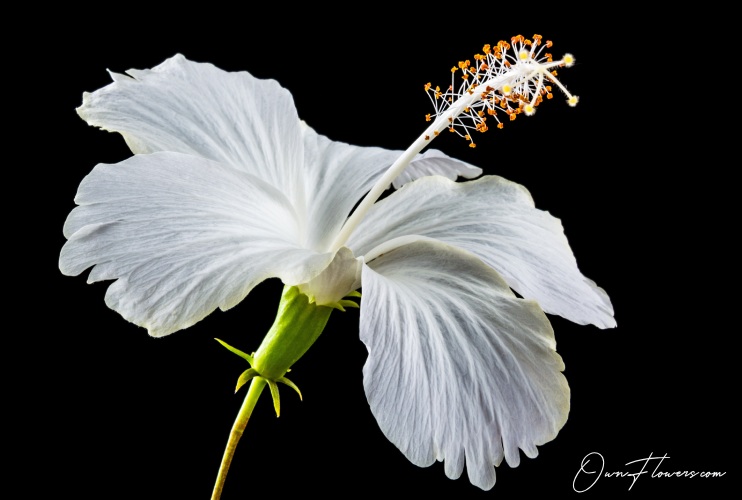
Ownflowers.com
To care for the plant, prune it in late winter or early spring to remove any dead or damaged branches. This will help promote new growth and maintain the plant’s shape. Fertilize the plant in the spring with a balanced fertilizer, following the manufacturer’s instructions.
Rose of Sharon is generally a low-maintenance plant that is resistant to pests and diseases. However, it may attract Japanese beetles, spider mites, and aphids. If necessary, treat the plant with an insecticidal soap or neem oil.
Varieties And Cultivars:
Varieties of Hibiscus syriacus:
Hibiscus syriacus, also known as Rose of Sharon, is a versatile and popular flowering shrub that comes in a variety of cultivars. Here are some of the most common Hibiscus syriacus varieties:
These cultivars vary in their flower color, size, and shape, as well as their growth habits. Some are more compact and suitable for smaller gardens, while others can grow up to 10 feet tall and spread out to 8 feet wide.
Double-Flowering Varieties:
Hibiscus syriacus is also available in double-flowering varieties, which have extra petals that give the flowers a fuller, more luxurious look. Some popular double-flowering cultivars include:
Variegated Varieties:
In addition to these cultivars, Hibiscus syriacus also offers variegated varieties with leaves that feature a blend of green and white or green and yellow. Moreover, these varieties can add a distinctive element to any garden, and gardeners frequently use them as focal points or accent plants.
No matter which variety or cultivar you choose, Hibiscus syriacus is a hardy and low-maintenance shrub that can thrive in a variety of conditions. With its beautiful flowers and easy care requirements, it’s no wonder that this plant is a favorite among gardeners.
Significance And Uses:
The beautiful flowering plant Hibiscus syriacus, also known as Rose of Sharon, finds wide application for both landscape and medicinal purposes. In this section, we will discuss the significance and uses of this plant.
Landscape Use:
Hibiscus syriacus, a popular ornamental plant with beautiful flowers, is widely employed in landscaping. Originally hailing from south-central and southeast China, it has been extensively introduced to various regions, including much of Asia. The plant produces trumpet-shaped flowers in various colors such as pink, purple, blue, and white. The flowers bloom from mid-summer to fall, making them an excellent choice for adding color to your garden during the late summer months.
Additionally, its ability to attract pollinators such as butterflies and hummingbirds adds to the value of this plant, along with its beautiful flowers. This makes it an excellent choice for gardeners who want to create a habitat for these important creatures.
Medicinal Use:
For centuries, people have utilized Hibiscus syriacus for its medicinal properties. This plant houses a diverse array of compounds, such as flavonoids, anthocyanins, and organic acids, which are believed to offer numerous health benefits. Additionally, it is important to note that the meaning remains unchanged. Researchers suggest that these compounds possess antioxidant and anti-inflammatory properties, offering potential protection against a wide range of diseases.
One of the most common uses of Hibiscus syriacus in traditional medicine is to treat high blood pressure. Studies have shown that the plant may help to lower blood pressure in people with hypertension. Other potential health benefits of the plant include reducing cholesterol levels, improving liver health, and boosting the immune system.
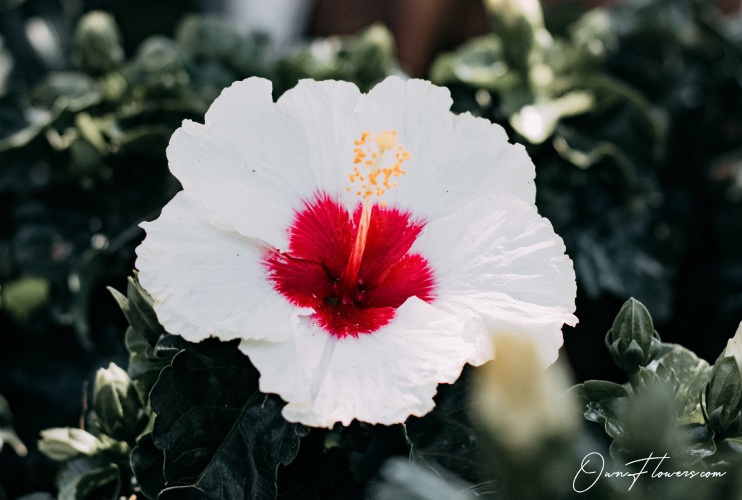
Ownflowers.com
Additionally, this plant has not only medicinal properties but also finds application in cosmetics and personal care products. People believe that the plant possesses astringent properties, which can effectively tighten and firm the skin. Furthermore, it plays a role in hair care products by aiding in the strengthening and nourishing of hair.
Overall, people widely use Hibiscus syriacus for both landscape and medicinal purposes, making it a valuable plant. Its beautiful flowers and ability to attract pollinators make it an excellent choice for gardeners, while its potential health benefits make it a valuable addition to traditional medicine.
Conservation And Threats:
The International Union for Conservation of Nature (IUCN) Red List does not categorize Hibiscus syriacus as a threatened species, as per their assessment. However, like many other plant species, it faces threats from human activities, climate change, and invasive species.
Habitat Loss:
Habitat loss poses a significant threat to Hibiscus syriacus, reducing the plant’s population and genetic diversity. People often use this species as an ornamental plant in gardens, parks, and along roadsides. Consequently, this activity results in the loss of natural habitats. Furthermore, urbanization, agriculture, and logging also contribute to habitat loss.
Invasive Species:
Invasive species, such as Japanese knotweed and Chinese tallow, can outcompete Hibiscus syriacus and reduce its population. These invasive plants can also change the soil composition and nutrient availability, making it difficult for Hibiscus syriacus to grow.
Climate Change:
Climate change can also affect the growth and survival of Syriacus. Changes in temperature, precipitation, and extreme weather events can alter the plant’s phenology or timing of growth and reproduction. This can affect the plant’s ability to reproduce and disperse its seeds, which can lead to a decline in population size.
Conservation Efforts:
Conservation efforts for Syriacus include protecting its natural habitats, controlling invasive species, and promoting sustainable land use practices. Additionally, botanical gardens and nurseries often cultivate the species, thereby preserving its genetic diversity and offering a source of seeds for future restoration efforts.
Overall, although Hibiscus syriacus is not currently considered a threatened species, it faces a variety of threats due to human activities and environmental changes. To ensure the long-term survival of this species and other plant species in its ecosystem, we need to undertake conservation efforts.

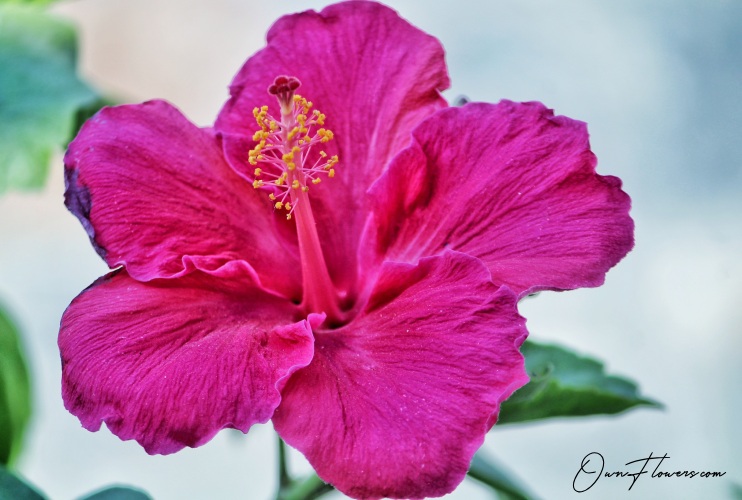
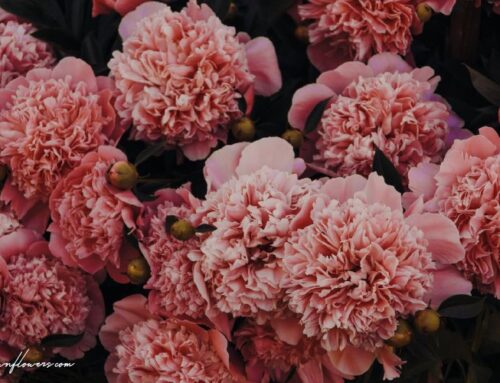
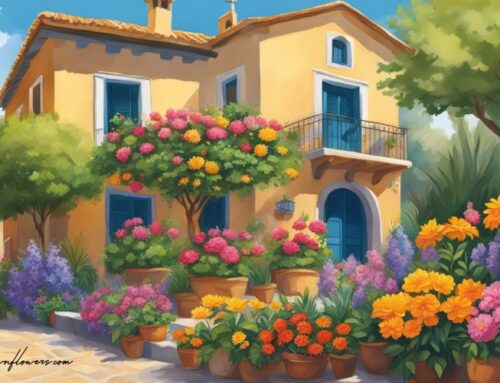

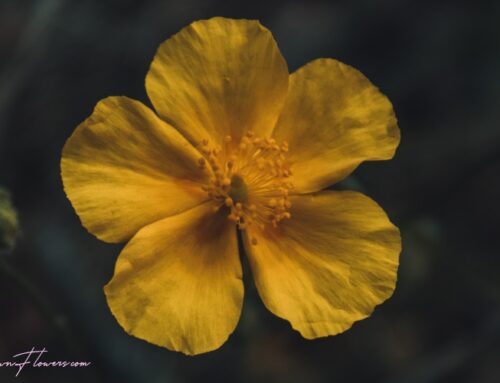
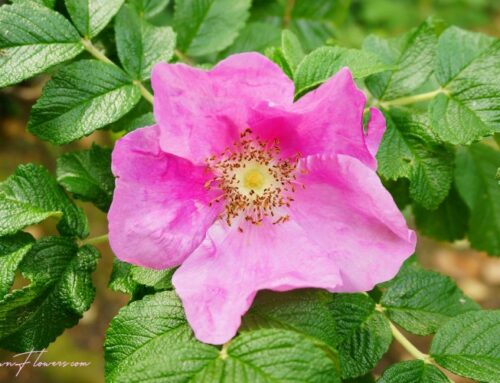
Leave A Comment
You must be logged in to post a comment.